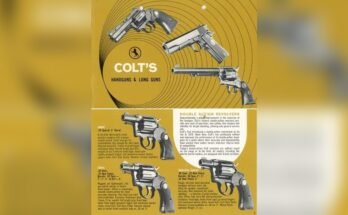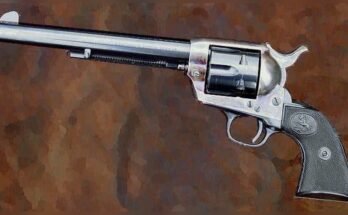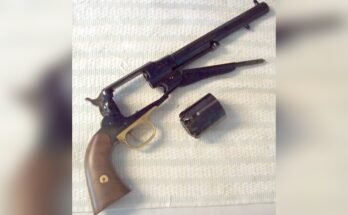Are you considering a revolver but wonder if it’s the right choice for you? While revolvers have their charm, they come with drawbacks that might surprise you.
Understanding these disadvantages can save you from frustration and help you make smarter decisions. Keep reading to discover what you need to watch out for before you commit to a revolver. This knowledge could change how you see your next firearm purchase.
Limited Ammunition Capacity
One key drawback of revolvers is their limited ammunition capacity. Most revolvers hold between five and seven rounds. This can be a problem in situations needing more shots without reloading. Carrying fewer bullets means more frequent reloads during use. This limits the revolver’s effectiveness for extended shooting or self-defense. Understanding this helps in choosing the right firearm for your needs.
Comparison With Semi-automatic Pistols
Semi-automatic pistols usually hold more bullets. Many models carry 10 to 15 rounds or more. This gives shooters more chances to fire without stopping. The magazine design allows faster reloading than revolvers. Revolvers reload one round at a time, which takes longer. The smaller capacity can be a disadvantage in high-pressure situations. Choosing between these depends on your priorities and uses.
Impact On Continuous Shooting
Limited capacity affects how long you can shoot continuously. Revolvers require pauses to reload more often. These pauses can reduce your shooting efficiency. Semi-automatic pistols allow longer shooting sessions before reloading. This is useful in competitions or self-defense scenarios. Fewer bullets mean you must be more careful with each shot. The limited capacity can be a safety concern for some users.
Slower Reload Time
The slower reload time is one of the main drawbacks of using a revolver. Unlike semi-automatic pistols, revolvers require a manual process to reload each round. This can take precious seconds in critical moments.
This delay can affect performance, especially in situations where speed is key. Understanding how this reload works helps explain why revolvers are slower in action.
Manual Cylinder Reloading
Reloading a revolver involves opening the cylinder and ejecting spent cartridges. Each new bullet must be placed into the cylinder manually. This process takes longer than swapping a magazine in other guns.
Reloading speed depends on the user’s skill and tools available. Speed loaders can help, but they still require extra steps. This manual task slows down the overall firing cycle.
Effect On Tactical Situations
In tactical or self-defense scenarios, quick reloads are crucial. A slower reload can leave the user vulnerable to threats. This delay can reduce the chance of responding effectively to danger.
Because of this, many professionals prefer firearms with faster reload times. The revolver’s reload speed limits its use in fast-paced, high-pressure situations.
Heavier And Bulkier Design
The heavier and bulkier design of revolvers often affects their usability. These firearms tend to have more weight and larger size than many semi-automatic pistols. This can make them less comfortable to carry and handle for some users. The extra weight comes from the solid metal frame and cylinder. The bulkiness adds to the overall size, making it harder to conceal and carry discreetly.
Material And Build Considerations
Revolvers are mostly made from steel or other heavy metals. This makes them strong but adds significant weight. Some models use lighter materials like aluminum or polymer, but these are less common. The cylinder, which holds the bullets, also adds bulk. Its round shape sticks out more than the flat magazine of semi-automatic guns. This design limits how slim and compact a revolver can be made. The solid build offers durability but at the cost of size and weight.
Challenges In Concealed Carry
The larger size of revolvers creates issues for concealed carry. The bulk makes it harder to hide the gun under clothes. This can lead to discomfort or printing, where the gun’s shape shows through the clothing. The extra weight can also cause the gun to shift or sag during movement. Many users find revolvers less practical for everyday carry compared to slimmer pistols. Choosing the right holster and clothing becomes more important to manage these challenges.

Recoil Management Issues
Recoil management is a key challenge for many revolver users. The way a revolver handles recoil affects shooting comfort and control. Strong recoil can make it hard to keep the gun steady. This can impact both new and experienced shooters differently.
Impact On Accuracy
Recoil can push the gun off target after each shot. This makes it harder to hit the same spot repeatedly. Fast follow-up shots become less precise. The shooter must work harder to regain aim. Over time, this can slow down shooting speed and reduce accuracy.
User Experience Variations
Not all users feel recoil the same way. Smaller or less experienced shooters may struggle more. Stronger recoil can cause discomfort or fatigue. Some users may find it hard to control the revolver for long periods. Others may quickly adapt with practice and proper technique.
Limited Modern Features
Revolvers have a classic design that many appreciate. Still, their old style means they miss out on some modern features. These missing features can limit how the revolver works and what it can do.
Absence Of Accessory Rails
Most modern guns have rails. These rails let you add lights, lasers, or sights. Revolvers usually do not have these rails. This limits the ability to customize and improve aiming. Without rails, adding extra tools becomes hard or impossible.
Lack Of Advanced Safety Mechanisms
Newer guns often have safety locks and other protections. Revolvers tend to have simpler safety systems. They rely mainly on the heavy trigger pull to avoid accidental shots. This can make them less safe in some situations. Advanced safety features help reduce accidents and improve confidence.
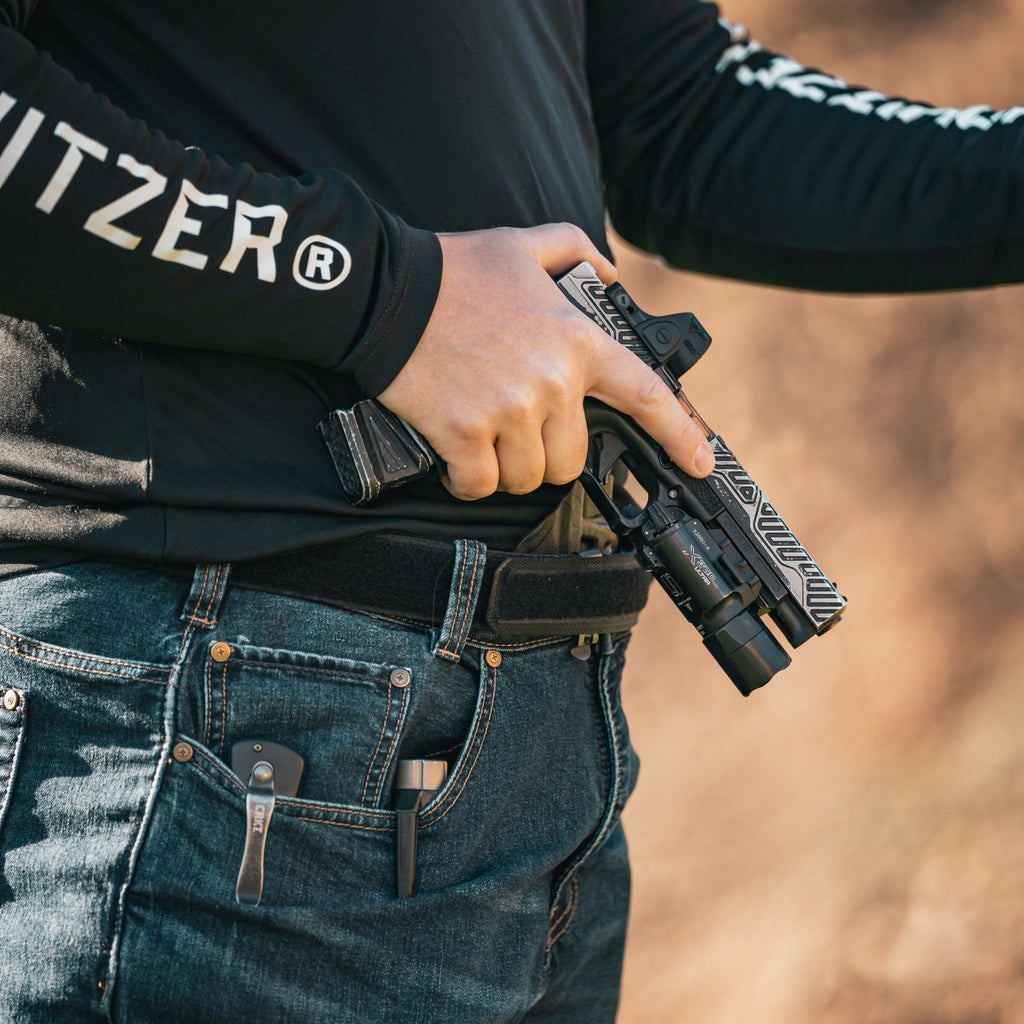
Maintenance And Durability Concerns
Revolvers need regular care to keep working well. Maintenance and durability issues can affect their performance. These problems may cause trouble during use or reduce the gun’s lifespan.
Cylinder And Timing Wear
The cylinder is a key part of a revolver. Over time, it can wear out from constant movement. This wear affects the timing, which means the cylinder may not line up properly. Poor timing can cause misfires or jams. Regular checks are necessary to prevent serious damage. Replacing worn parts can be expensive and time-consuming.
Cleaning Challenges
Revolvers are harder to clean than some other guns. Dirt and residue can build up inside the cylinder chambers. Cleaning these areas requires special tools and patience. Failure to clean thoroughly can lead to corrosion and poor firing. This makes maintenance a must for safety and reliability. Users must spend extra time to keep their revolvers in good shape.
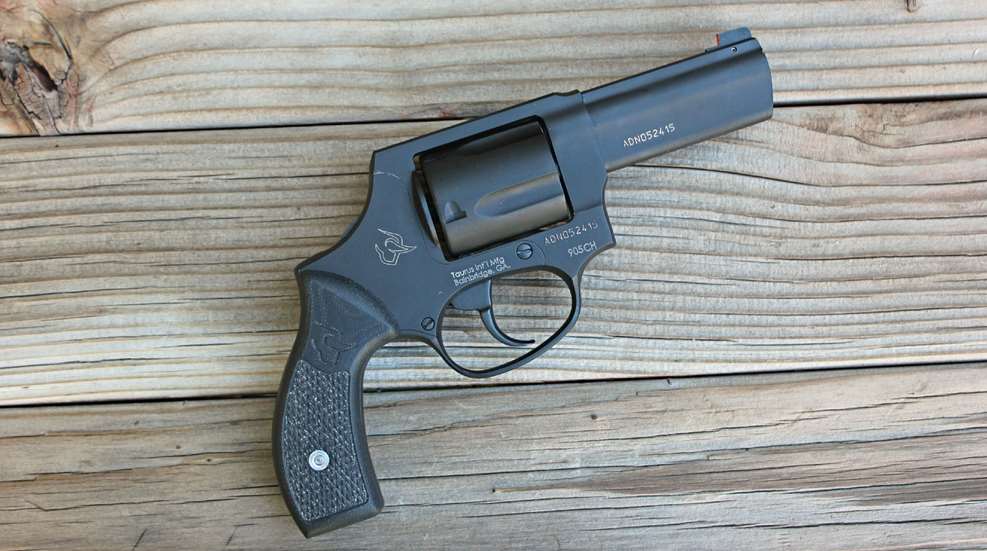
Frequently Asked Questions
What Are Common Drawbacks Of Using A Revolver?
Revolvers have limited ammunition capacity, typically 5-6 rounds. They are slower to reload compared to semi-automatic pistols. Their bulkier design can make them less comfortable to carry daily.
Why Do Revolvers Have Slower Reload Times?
Reloading requires manually ejecting spent cartridges and inserting new ones. This process takes longer than swapping magazines in semi-automatic guns. Speed loaders help but still can’t match quick magazine changes.
Are Revolvers Less Accurate Than Other Firearms?
Revolvers can be less accurate due to heavier trigger pulls. The cylinder gap may cause gas loss, affecting bullet velocity. However, skilled shooters can achieve good accuracy with practice.
How Does Revolver Maintenance Compare To Semi-automatics?
Revolvers are generally easier to maintain because they have fewer moving parts. They are less prone to jamming but require regular cleaning of the cylinder and barrel. Maintenance is straightforward but still essential.
Conclusion
Revolvers have clear downsides you should keep in mind. They hold fewer bullets than other guns. Reloading takes more time and effort. Accuracy can drop with heavy use. Some models are bulky and hard to carry. Maintenance may be tricky for beginners.
Choosing the right firearm means weighing these factors carefully. Understand the limits to make smart decisions. Safety and comfort matter most in any choice.
